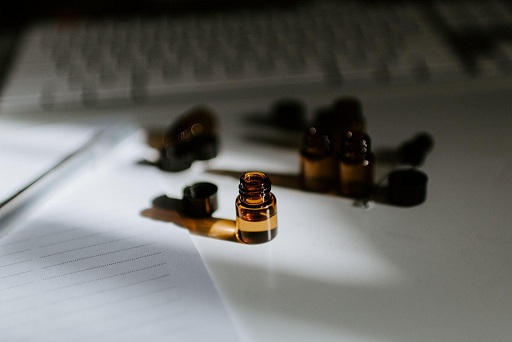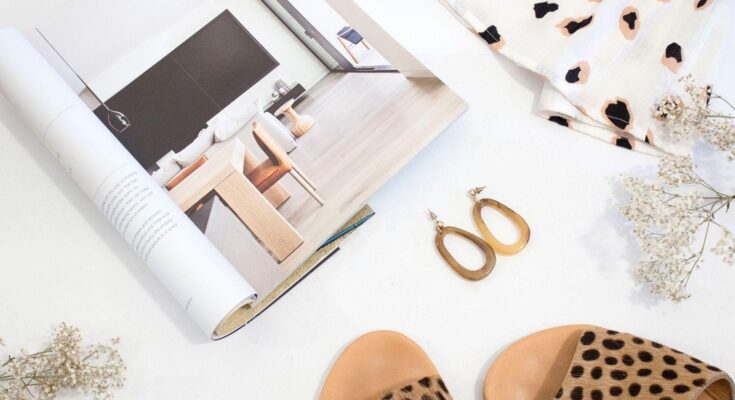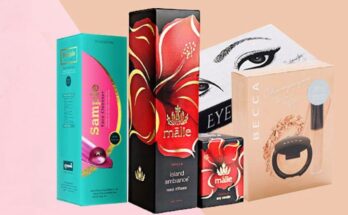Every brand identifies itself through its look and feel. Whether fun and lively or luxurious and exclusive, effectively communicating who you are through your marketing materials is key to resonating with the customer.
One of the best ways to convey your brand is through lifestyle photos. Also referred to as context or in-context photography, this genre of photography places products in curated scenes to artistically capture the product in use. It is a powerful way to tell the story behind your product and connect with your customer. Any brand can reap its benefits if they do it correctly.
So, how do you execute a lifestyle shoot that results in amazing content for your website, social media, product catalogs, and more? Here are a few pointers.
1. Be Creative
The first step of every product shoot is always ideation and planning. Consider where and how customers use your product to generate ideas. But this doesn’t mean you should stick to only one concept.
Explore different ways to make the scenes interesting and engaging. Varied locations, backgrounds, and props can help you tell a different story with each shot. For example, shooting an eco-friendly product outdoors or using plants as props gives the brand a clean and natural feel.
It’s always a good idea to involve others in this process. Brainstorming together brings a mix of perspectives to the table resulting in more unique ideas.
2. But Not Too Creative
Creativity is essential for creating memorable pictures, but keeping scenes realistic is a core principle of lifestyle photography. The aim is to help your customers envision themselves using your product, so going off context can alienate them.
Start with a mood board and weigh all ideas against it: Do they match the look and feel you’re trying to achieve? Are your props and backgrounds appropriate for the product? A mood board makes it much easier to stick to a theme—just make sure it aligns with your brand to begin with!
In the same breadth, steer clear of anything that may make your photos look fake like insincere smiles, too much makeup, stiff poses, and so on. This usually happens when a shoot is over-directed, so let your models look and act the way they would when using your product off-camera.
3. Lighting is Everything
We all know that lighting is critical in photography, but this aspect is particularly important in lifestyle photography. Lighting determines the mood of a photo and showcases the product’s features, so make sure you choose the most appropriate setup.

First and foremost, determine whether natural or artificial lighting is best for your photoshoot. As the name suggests, natural light comes from a natural source, i.e., the sun or moon. On the other hand, artificial light comes from alternative sources such as those you would find in a photo studio. Most photographers prefer to stick to one type of lighting at a time to ensure consistency.
The trick is to manipulate the light you choose to achieve different effects. For example, incorporating shadows is a great way to play with natural light. Likewise, moving your artificial light source around highlights different aspects of the product. Shooting indoors or covering a bulb with a thin cloth can also help soften the light, creating a more muted mood.
4. Anything Can Be a Prop

Variety is the spice of life, and not only are props a great way to add some to your photos, but they also help communicate your story better. For instance, a photo of a meal with some ingredients placed around it helps the viewer’s brain conjure up the tastes and smells of the food better than the meal on its own.
The best thing about props is that almost anything can work as long as it fits the context. However, keep in mind that they are only supposed to complement the product, so avoid items that may draw attention away from the main subject. Think too big, loud in color, or too juxtaposed.
5. Shoot From Different Perspectives
Lifestyle photos are usually taken at eye level, but a great way to get eyeballs to spend more time on your photos is to take them at unusual angles.
Shooting from numerous perspectives also presents viewpoints the audience would not typically notice, so can be used to highlight specific elements on your product packaging.
For example, going really up close on a handcrafted object demonstrates the artisan’s finesse that the human eye would not catch in a typical photo.
Other than angles, you can also achieve unique perspectives by shooting through things. Try placing props like glass or items with varied-shaped holes in front of the lens to achieve different framing styles. They make the photo more interesting and can be used to draw your viewer’s eyes to a feature.
Express Your Brand’s Personality
Hopefully, applying these tips will help you take photos that show your customers what your brand is all about. Don’t forget to experiment with different elements to immerse them in engaging stories.



